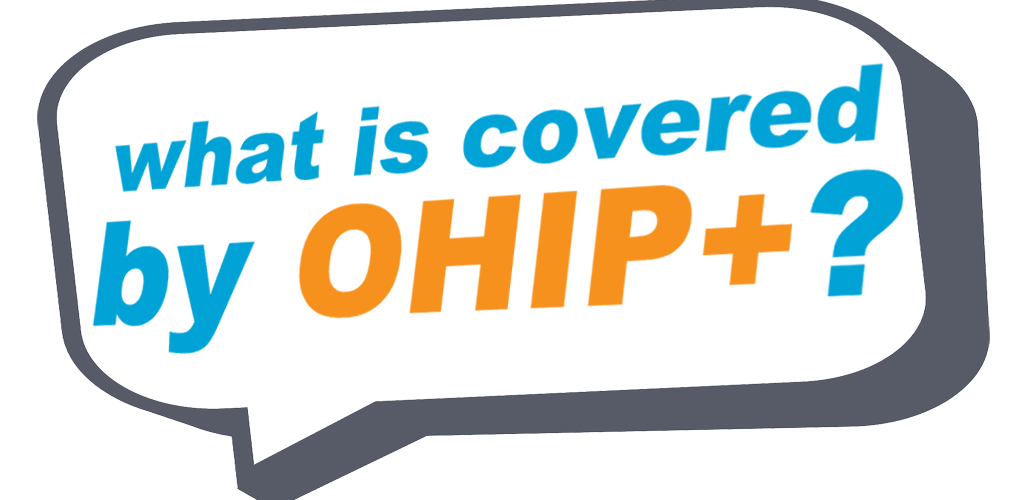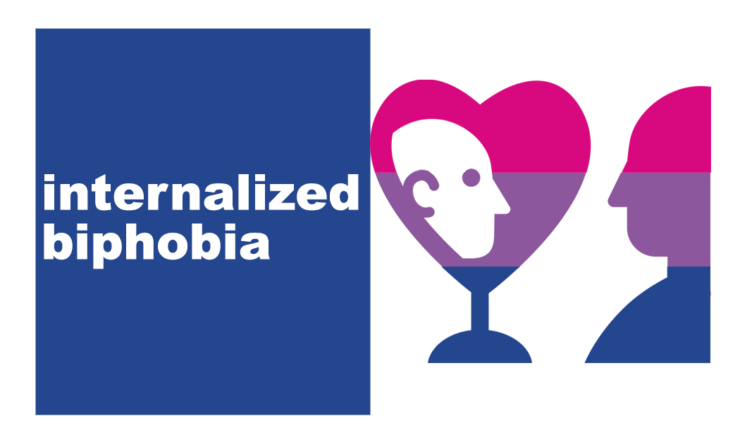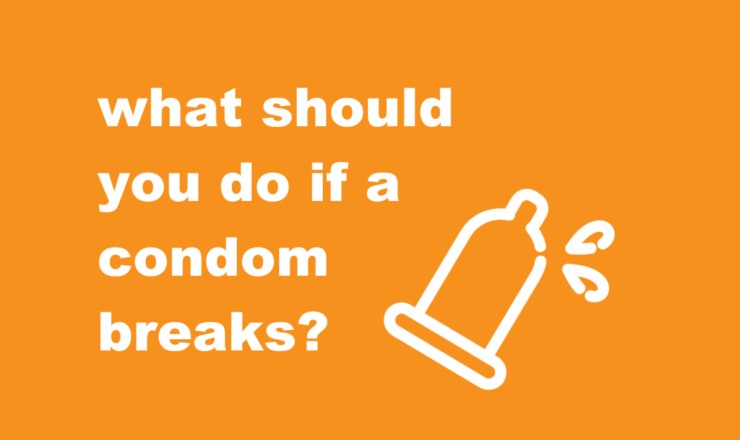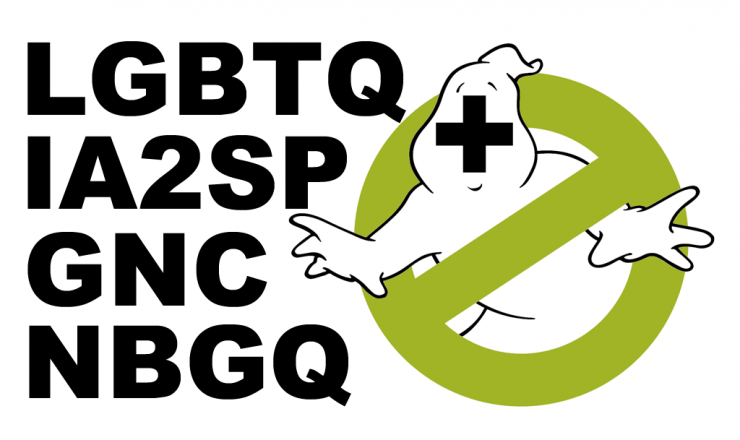

OHIP+ provides more than 4,400 drug products at no cost for anyone age 24 years or younger who is not covered by a private plan.
It can be confusing to figure out what specific birth control options are covered by OHIP+. Not all brands of the same product may be covered. For the brands that are covered, there may be a restriction on the number of pills for each brand that can be covered. For instance, Brand X with 21 pills may be covered while the same brand with 28 pills might not be covered.
This post is a list of the hormonal birth control options and brands for those that are definitely covered, those that are not covered and those that are accessible under certain circumstances. We hope you find this list useful!
These are birth control methods that are definitely covered under OHIP+.
| Most combined oral contraceptive pills (aka birth control pills or The Pill): |
Alysena 21, Alysena 28 Zamine 21, Zamine 28 |
| Emergency Contraceptive Pills: | Contingency 1, Plan B (made by Paladin Labs Inc.) Backup Plan Onestep |
| Other methods: | Depo-Provera injection Kyleena (LNG IUS 12) IUD Mirena IUDNexplanon (implant) |
These are birth control methods that are not covered under OHIP+.
| Newer oral contraceptive pills: |
Cyestra-35 21 Tri-Cyclen Lo 21, Tri-Cyclen Lo 28 |
| Contraceptive patches: | Evra |
| Intrauterine devices (IUDs): | Copper IUD Jaydess (LNG IUS 8) IUD |
| Other methods: | Nuvaring (contraceptive ring) |
These are birth control methods that are covered under OHIP+ in some circumstances.
| Some oral contraceptive pills: | Alesse 21, Alesse 28 Apri 21, Apri 28 Marvelon 21, Marvelon 28 Micronor 28 Min-Ovral 21, Min-Ovral 28 Plan B (made by Teva Branded Pharmaceutical Products) Portia 21, Portia 28 Visanne Yaz 28 |
Many of the oral contraceptives on the list above have generic counterparts that are covered by OHIP+ and are cheaper. Branded oral contraceptives cost more to cover. However, if your doctor has a specific health reason (e.g. allergies or other negative reactions) for prescribing one of the oral contraceptives on this list, you can get it covered by OHIP+. You should talk to your health care provider about these specific circumstances and whether or not you qualify.
If you and your health care practitioner decide on a birth control option that is not on any of these lists, you can check on the Ontario Drug Benefit Formulary/Comparative Drug Index [Link] or the Check Medication Coverage page on the Ontario.ca website [Link], or you can check with your local Ontario pharmacist to see if they are able to cover it.
Alternatively, you can apply for the Exceptional Access Program (EAP) if you:
For more information about EAP, visit their website: ontario.ca/page/applying-exceptional-access-program
Once a person turns 25 they are no longer eligible to be covered for medications. However, depending on the circumstances, they can be eligible for subsidized medications. Anyone who may be turning 25 soon should speak to their doctors to come up with a plan for the future.
If you have questions about this topic, feel free to contact one of our peer educators. [Link]
Last Updated: August 2022

Check out our OpEd column on Internalized Biphobia written by one of our Peer Sexual Health Educators!

This blog post goes over some options you have if and when a condom breaks in the heat of the moment.

People have lots of different terms and definitions when it comes to understanding their sexual orientations or gender identities. This post helps lay out some of the more widely mentioned definitions, and talks about how we can improve our resources to be more inclusive!